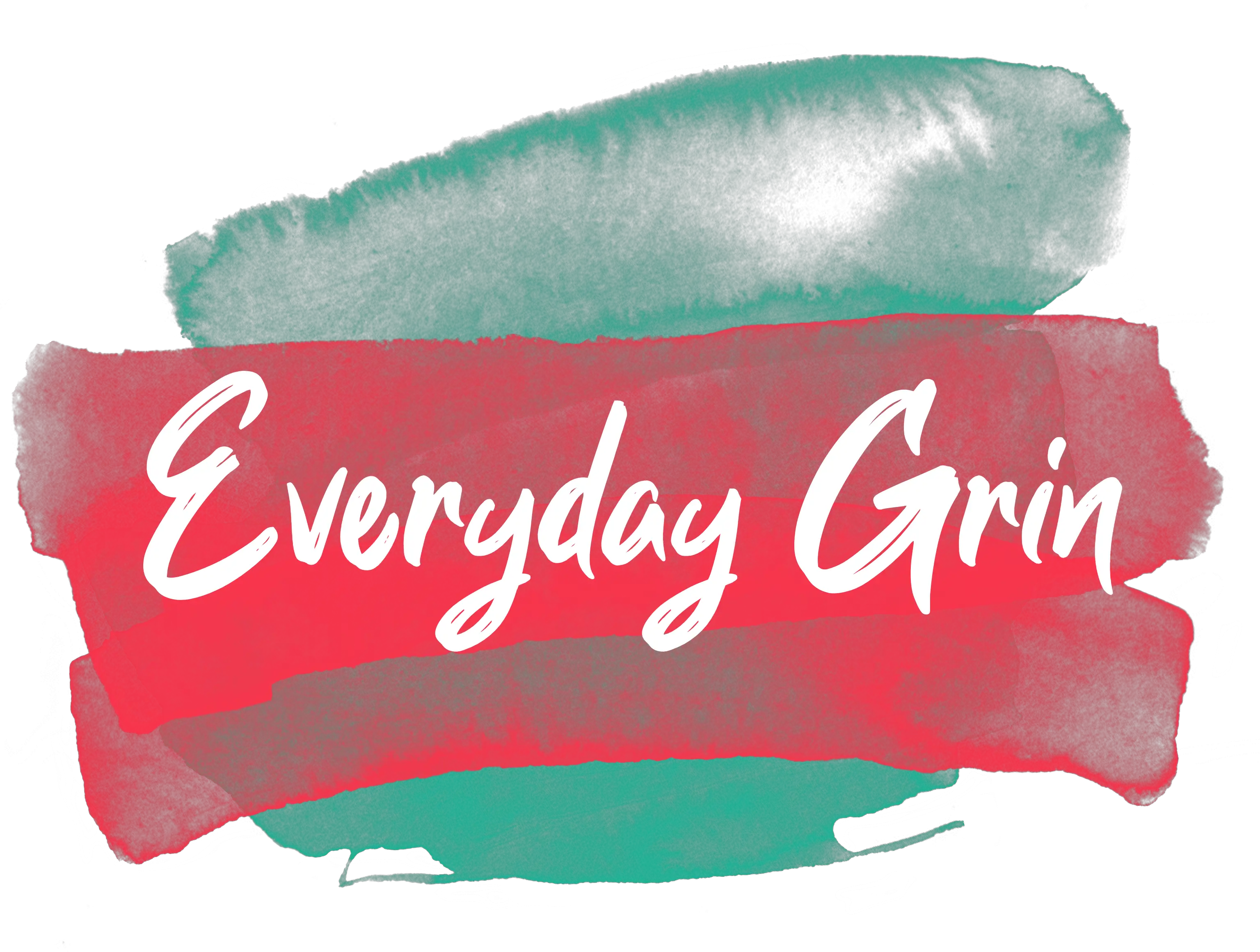Teeth discoloration is bothersome, especially when you brush them every day. However, the thing is that good oral hygiene is more than just about using a toothbrush and toothpaste.
In this article, we discuss some must-know things about tooth discoloration and try to figure out why you have yellow teeth despite cleaning them every day.
In the end, we also share some tips on good oral hygiene so you can get whiter teeth.
What Causes Yellow Teeth?
Stains in the tooth tissue cause yellow teeth. There are two types of them:
Extrinsic Stains
Extrinsic stains are the stains in the enamel, the outer tissue of your teeth. They form quickly and also are easy to remove.
They can be caused by food choice, tobacco use, inadequate brushing, etc.
Intrinsic Stains
Intrinsic stains are the stains in the dentin layer, which is in the interior part of the tooth. They are more persistent than intrinsic stains and react less to whitening treatments.
Some reasons for intrinsic stains include genetics, use of certain antibiotics, fluoride, etc.
Can Your Teeth Be Yellow Even if You Brush Them Daily?
For anyone, the two main reasons for brushing teeth are:
- To remove food remnants
- To prevent cavity
As you can see, food stains and tooth decay are the most common reasons for tooth staining, but they aren’t the only ones.
So, the answer is yes. Since brushing only addresses a few causes of staining, your teeth can be yellow even with regular brushing.
Reasons Your Teeth May Be Yellow Despite Brushing Them Everyday
Now that you know the basics of tooth stains and brushing, we can discuss the reasons you may have been developing yellow teeth:
Genetics
While white is considered the natural teeth color, it’s not true for everyone. Some people’s teeth naturally have a yellowish tint.
If you have a good oral hygiene routine and either of your parents has yellow teeth, genetics may be the reason for your tooth color.
Aging
Yellow teeth are one of the first indicators of aging. As you age, you start losing the tooth enamel, exposing the dentin, the yellowish tissue behind the enamel.
Furthermore, with the decreases in enamel formation, you will be more vulnerable to food-related stains and cavities, which don’t help the case for maintaining a white smile.
Tooth Enamel Erosion
Enamel erosion is the thinning of enamel apart from natural causes like genetics and age. It can happen for many reasons, including:
- Overeating sugar or sugary food, including soda, fruit juice, chocolates, etc.
- Acid Reflux, Heartburn, and other gastrointestinal problems
- Diet high in starch content
- Alcohol Misuse
- Medications including aspirin, Vitamin C, Antihistamines
Inadequate Brushing
According to the American Dental Association, about 30% of Americans fail to brush their teeth twice a day.
You see, 24 hours is more than enough time for many kinds of bacteria to form and thrive in your teeth. Furthermore, it only takes about 24 to 72 hours for dental plaque to turn into tartar.
Thus, you need to brush at least every twelve hours to prevent staining.
Over-Brushing
Yes, you can actually brush your teeth to damage. If you brush your teeth too vigorously or for too long, you will wear down the enamel, which causes a yellow tooth color.
The American Dental Association recommends brushing your teeth for two minutes at a time.
Using A Highly Abrasive Toothpaste
Abrasiveness is the stain removal property of toothpaste. In other words, the more abrasive your toothpaste is, the more intensely it reacts with the surface stains.
A highly abrasive toothpaste will not only remove the stains but also cause significant damage to the enamel.
Before buying a toothpaste, check the Relative Dentin Abrasivity (RDA) value at the back of its tube. Experts recommend that the RDA value be less than 250 for the toothpaste to be effective and not damage your tooth tissues.
Using Too Much Fluoride
Fluoride is a common ingredient found in today’s toothpaste. It contains minerals that help prevent tooth decay and cavities.
However, too much fluoride during the early days of tooth development can permanently discolor your teeth, causing yellowish or brownish spots. This is known as fluorosis.
The good news is that only children below nine years are at the risk of fluorosis as that is when permanent teeth develop.
How Much Fluoride is Safe for Children?
The National Health Service of the United Kingdom recommends that children below three years should only use a smear of toothpaste containing at least 1,000 ppm fluoride.
On the other hand, children between three to six years old can only be given pea-sized toothpaste.
Eating Food Known to Stain Teeth
Some colored and acidic food produce noticeable stains on your teeth. These are some of the most common foods that are very likely to create stained teeth:
- Red Wine
- Tea and Coffee
- Dark-colored fruit juices and fruit drinks
- Soy Sauce
- Balsamic Vinegar
- Pasta
- Curry
- Beets, etc.
Smoking
Smoking creates a thin layer of nicotine and tar in your teeth. In addition to making your teeth yellow, it also contributes to gum diseases and dental plaque.
Thus, keeping your teeth healthy is one of the millions of reasons to stay away from cigarettes.
Simple Whitening Toothpaste You Can Make in Your Home
If you struggle with yellow teeth, here is a simple homemade solution to help bleach and dissolve the stain-causing compounds.
Things Needed
- Hydrogen Peroxide
- Baking Soda
How to Make
Mix one tablespoon of baking soda with two tablespoons of hydrogen peroxide. Use this toothpaste at least once daily for several days to see a noticeable difference.
You can also add some water to make a mouthwash.
Bonus Tips on How You Can Get Whiter Teeth
Here are some simple tips that work wonders for whitening teeth:
- Use whitening strips or whitening toothpaste.
- Use a straw while drinking acidic fluids.
- Change your toothbrush after every three months. Only use one with soft bristles.
- Use dental floss to remove excess food particles and plaque from the areas your toothbrush doesn’t reach.
Conclusion
Good oral hygiene is essential for maintaining white teeth, and many times, it’s more about running a toothbrush over your teeth.
Of course, you need to brush your teeth regularly. But you will also have to use the right toothbrush and toothpaste and avoid overbrushing. In addition, you need to eat the right food and avoid behaviors such as smoking or using too much fluoride that can slowly wear your enamel.

